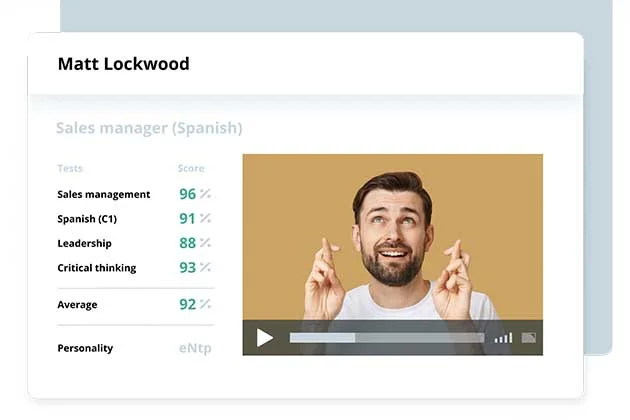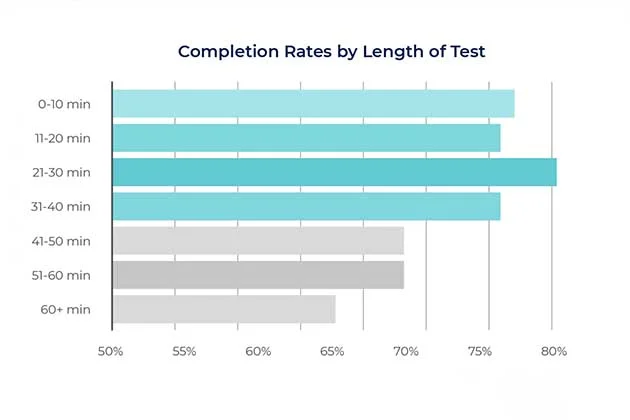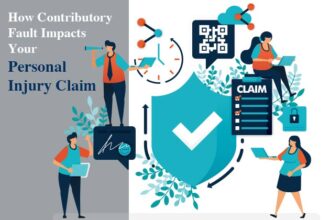The candidate hiring process is a ‘gamble’ that can cost you your business if not done right. You might have known them for a couple of decades but do they have the skills required for the job? Here is where pre-employment assessment plays a key role.
Pre-employment testing is a perfect way to get a bird’s eye perspective of a prospective candidate. It improves the quality of hires, provides a structured and scientific selection process, and boosts productivity and talent retention.
85% of candidates are dishonest about their skills on their résumé. Pre-employment testing ensures that you hire the right candidates for a job, increasing your company’s productivity by up to 20%.
In this article, we will talk about three strategies to hire the best candidates for a job role. These strategies will help you make informed hiring decisions and aid in the company’s growth.
1. Test at the earliest stage
Once you decide on which assessment to use for a particular position, you need to decide the stage at which to use it. Given the time constraints and high cost associated with the hiring process, the ideal stage to test applicants is the first stage.
One of the best things about pre-employment assessment is that candidates can take it remotely. This provides you with the benefits of expanding your candidate pool and boosts your ability to evaluate more applicants. It also enhances your company’s visibility.
Early-stage testings also give you the opportunity to develop follow-up questions that you may use at the later stages. It helps you filter a large applicant pool. It also ensures that the candidates who pass through the hiring funnel meet the position’s basic requirements.
2. Decide how much assessment is appropriate
To attract a larger number of applicants, it is crucial to decide the number or duration of tests to administer. Candidates are less likely to complete a test if its duration exceeds 40 minutes. For tests longer than an hour, completion rates are less than 60%.
There are several reasons for this.
Firstly, applicants are unsure of how their efforts will pay off during the early stages of assessment. As a result, they are reluctant to ‘go the extra mile’ to complete the tests.
Secondly, candidates who quit early are probably less serious about the role. It usually benefits the overburdened HR team in weeding them out in the first stage. However, this holds true only if your applicant-to-hire ratio is high.
Therefore, it is advisable to keep the test battery under 40 minutes. You can do this by either dividing the test into subparts or by holding another round of tests at a subsequent stage.
3. Test existing employees
Testing your existing employees is one of the best ways to determine an appropriate cut-off for the assessment.
This may seem unnecessary when most testing providers offer a score range for specific positions. However, testing current employees will further tailor the benchmark scores based on the standard of your organization.
For small companies where the incumbents are fewer, employee testing will be meaningless. For example, evaluating three developers at a startup would yield insignificant results. The best thing to do here is to rely on the assessment provider’s information and analytics.
Wrapping up pre-employment assessment strategies to hire the best candidates
We have come to the end of this article. Hopefully, the strategies mentioned above will help you up your candidate hiring process. Don’t forget, an unfit candidate might cost you your business.
To create a top-of-the-line candidate experience, make sure that each candidate receives a fair and thorough evaluation. However, you don’t have all the time in the world to assess each applicant personally and determine fit.
Pre-employment assessment will save your time, money, and business.












